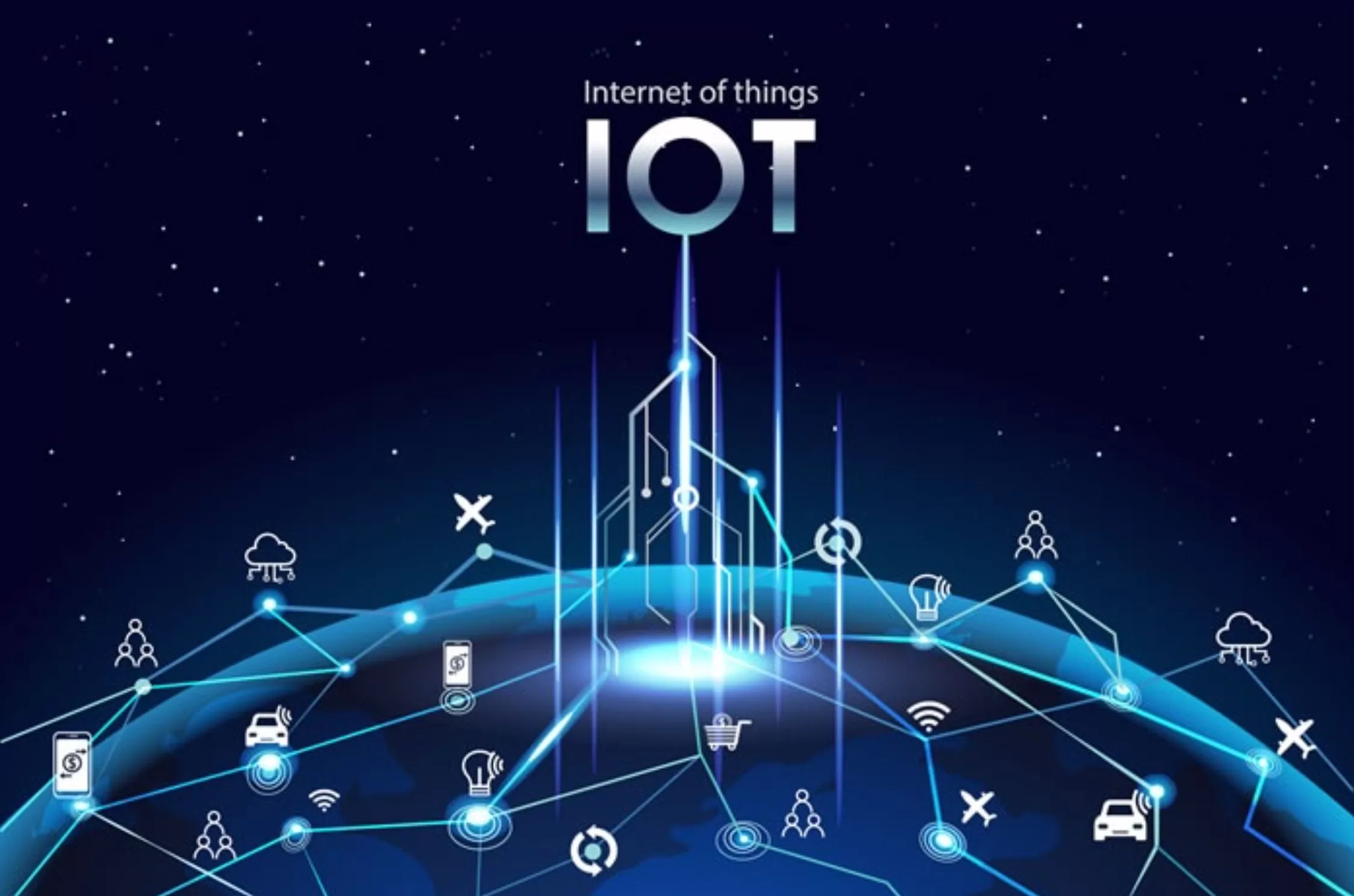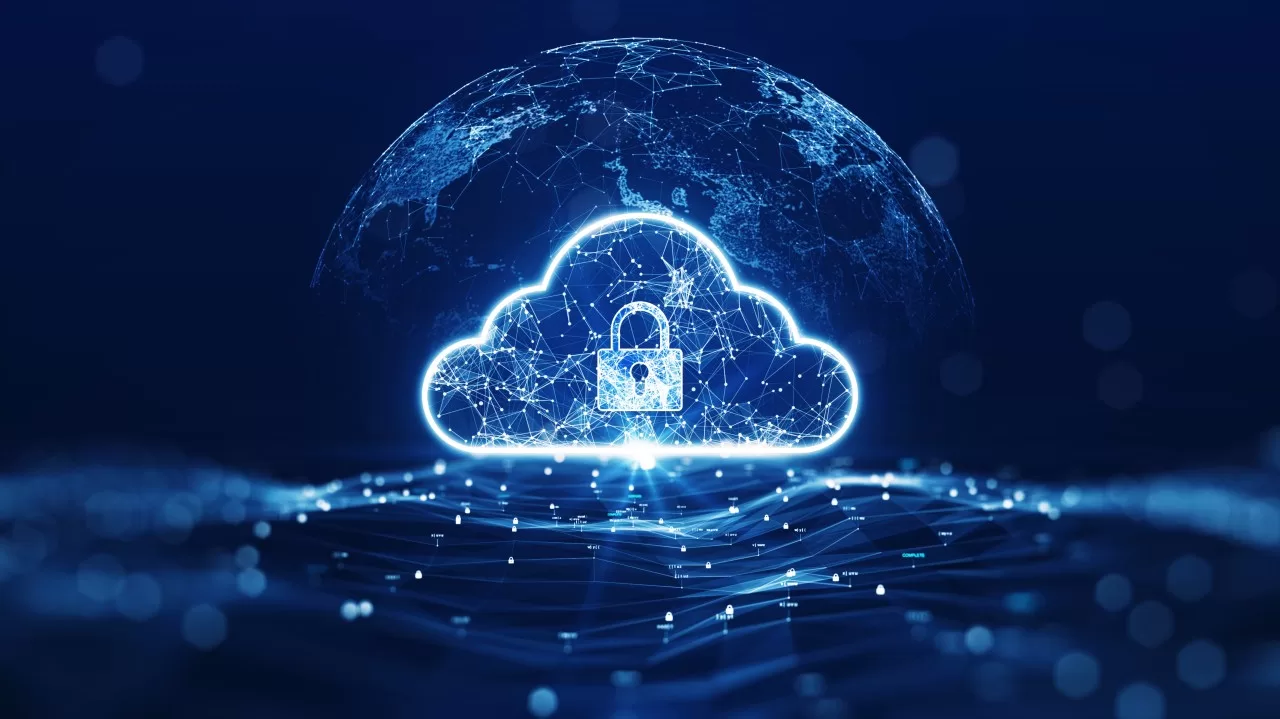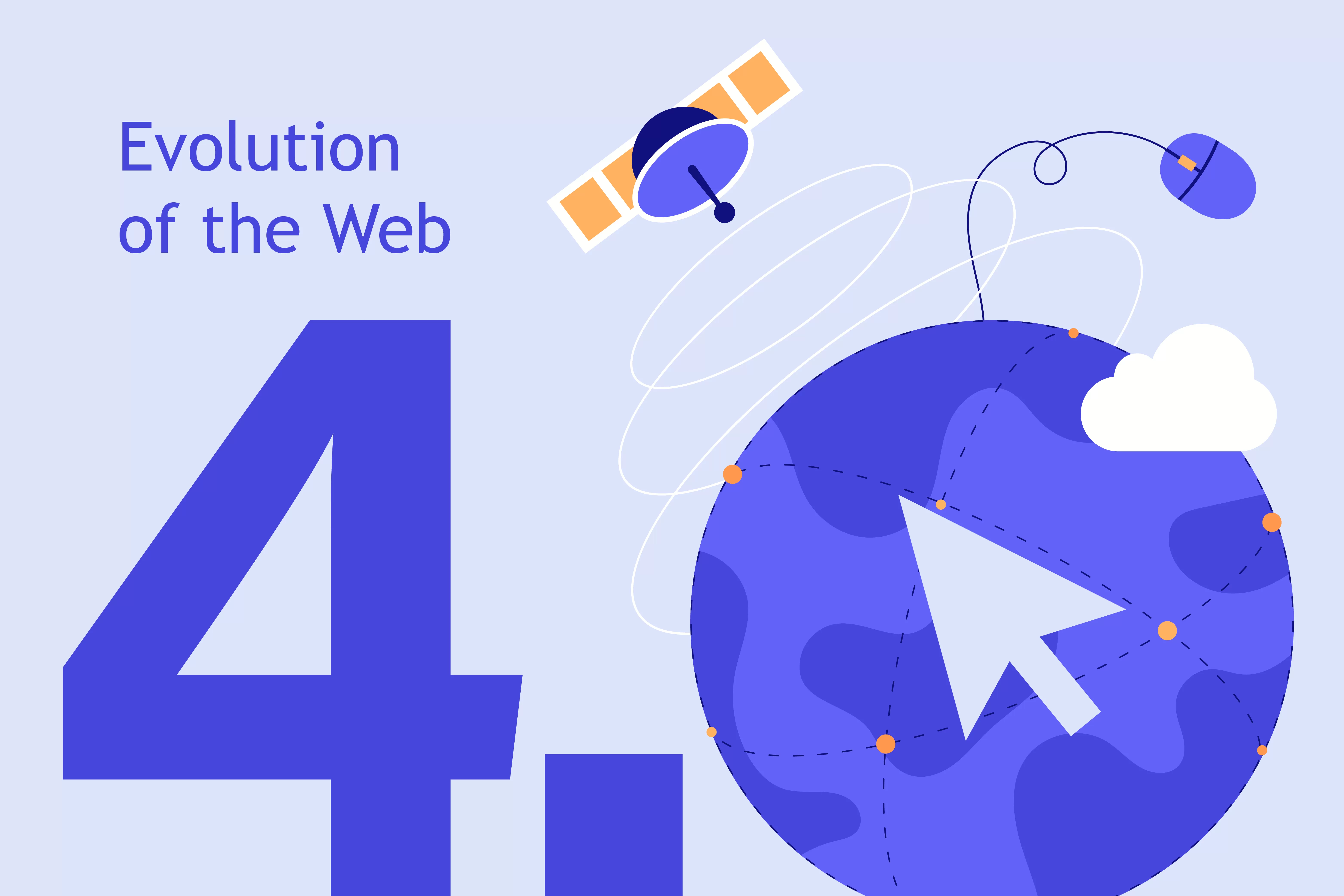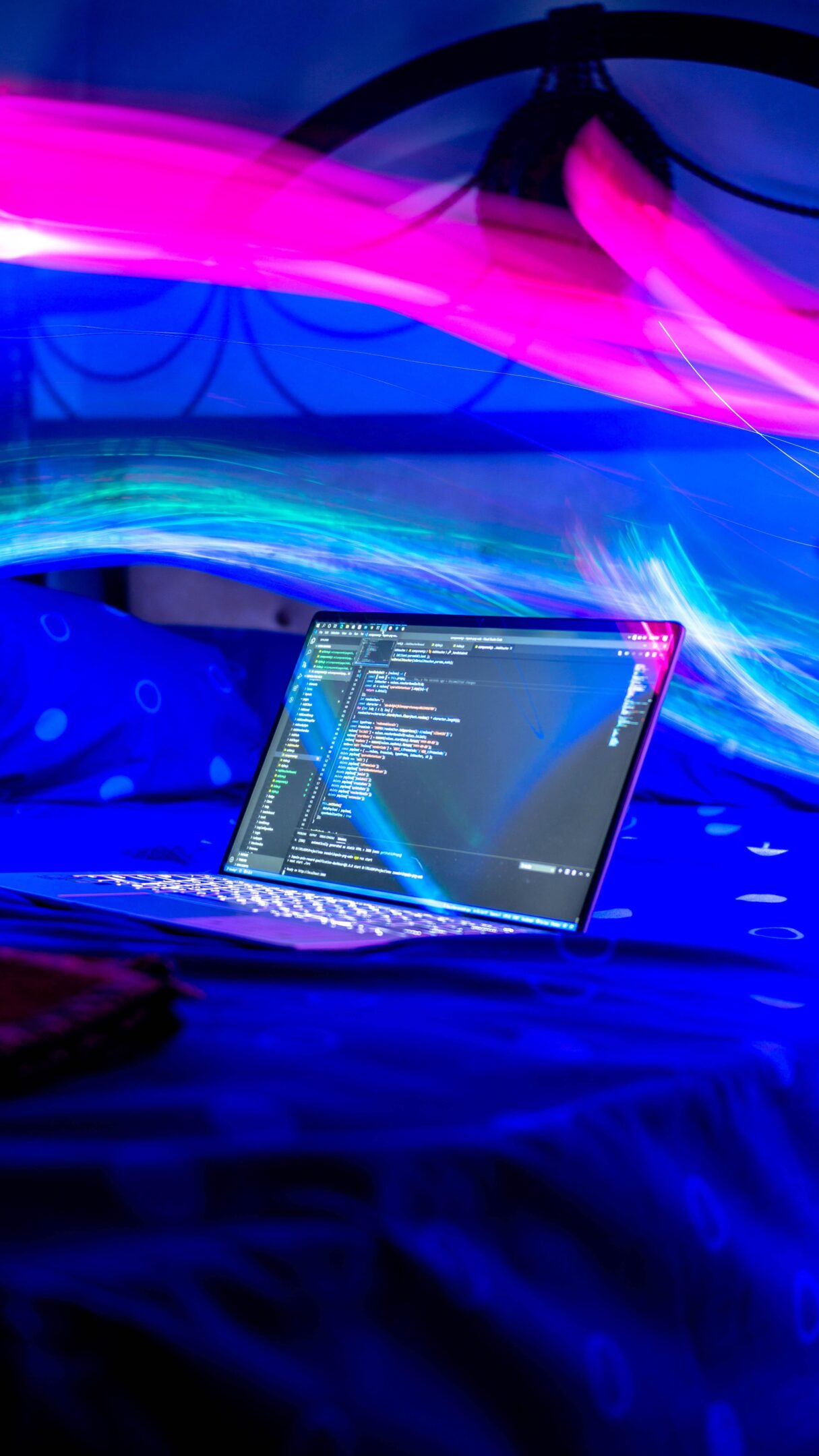What are the benefits of IoT?

Improved Efficiency and Productivity
One of the most promising benefits of the IoT is its ability to improve efficiency and productivity. IoT devices can collect data on everything from manufacturing processes to traffic patterns. This data can then be used to identify and eliminate inefficiencies, optimise processes, and improve overall performance.
Enhanced Decision-Making
The IoT can also provide businesses with valuable data that can be used to make better decisions. IoT devices can collect data on customer behaviour, market trends, and other factors that can be used to inform business strategies.
New Business Opportunities
The IoT is also creating new business opportunities. Businesses are developing new products and services that rely on IoT data. These new products and services can help businesses to improve their efficiency, productivity, and profitability.

Improved Customer Experience
The IoT can be used to improve the customer experience. IoT devices can be used to provide customers with personalised recommendations, real-time updates, and other services that can make their lives easier.
Increased Safety and Security
IoT devices can be used to monitor homes and businesses for intruders, fire, and other hazards, improving security and safety. They can also be used to track assets and prevent theft.
These are just a few of the many potential benefits of the IoT. As the network of IoT devices continues to grow, we can expect to see even more innovative and transformative applications emerge.
Drawbacks of IoT

Security and Privacy Concerns
One of the biggest concerns with the IoT is security. Many IoT devices are not designed with security in mind, making them vulnerable to hacking. This could allow attackers to gain access to sensitive data, such as personal information or financial records. Many IoT devices collect data about our daily lives, such as our location, habits, and preferences. This data could be used to track us, create targeted advertising, or even manipulate our behaviour.
Increased Complexity and Compatibility Issues
The vast number of different IoT devices can create complexity and compatibility issues. Not all devices are created equal, and they may not work well together. This can make it difficult to manage and maintain an IoT network. As the number of IoT devices grows, so does the amount of data that needs to be managed. This can strain existing infrastructure and make it difficult to keep up with the demand.
Potential for Job Displacement
The IoT has the potential to automate many tasks that are currently done by humans. This could lead to job displacement, as workers are replaced by machines. While this could increase productivity, it could also lead to social unrest and economic instability.
Overdependence on Technology
The IoT can make us increasingly reliant on technology. This could lead to a loss of autonomy and control over our lives. If the IoT were to go down, it could have a significant impact on our ability to function.
Sustainability Concerns
The production and disposal of IoT devices can have a negative impact on the environment. Additionally, the energy consumption of these devices can strain our power grids.
Ethical Considerations
The IoT raises a number of ethical considerations. For example, who owns the data collected by IoT devices? How should this data be used? What safeguards are in place to prevent misuse?
Despite these potential drawbacks, the IoT also has the potential to bring about many positive changes. It is important to carefully weigh the risks and benefits of the IoT before deciding whether or not to adopt it.
Applications of IoT in Industry
IoT Applications in Retail
● Retailers can use IoT smart devices to provide more targeted ads to potential customers, offering a personalised experience for various customer segments.
● Retailers can use IoT sensors to track the movement of shoppers in their stores. This data can be used to identify areas where the store layout can be improved or where new products should be placed.
● IoT also allows machines to carry out tedious tasks when combined with
Robotic
Process Automation (RPA).
This allows businesses to automate certain repetitive
tasks, improving service delivery, reducing labour costs, and saving time.
IoT Applications in Hospitality
● Smart mirrors can give guests control over their experience from various hotel room functions to entertainment. Smart mirrors can offer a personalised touch-screen display which gives guests updates on the weather, date, time, or the news.
● IoT sensors can be linked to thermostats, allowing hotels to adjust room temperatures ready for check-in and check-out to save money and energy heating or cooling empty rooms. These sensors can also turn off air conditioning if a window is opened in the room, or even close the curtains in the afternoon to keep the room cool.
● Hotels can even use IoT robots to automate room service – these robots use IoT sensors to navigate through lifts, corridors, and crowds to get to your room with no human interaction needed.
IoT Applications in the Automotive Industry
● Modern cars are integrated with IoT systems to reduce human error and make driving safer. These systems include proximity sensors, parking assist, lane assist, and parking cameras.
● Modern vehicle entertainment systems are also powered by IoT, allowing users to connect their car with their smartphone to control their GPS, music, or make hands free phone calls. These systems also allow the use of voice activation so you don’t even have to look at the screen to make a request.
● IoT is also used to connect vehicles and other smart transport systems with one another over a network called CV2X (cellular vehicle to everything). This improves communication between people and their surroundings when travelling, whether it’s sharing your speed with nearby cars, warning you that an ambulance needs to get through, helping you to avoid long queues at petrol pumps, or alerting others about accidents.
IoT Applications in Construction
● IoT wearables can be used by construction workers such as smart helmets or smart watches which can alert users when their heart rate is too high, if they have a fall, or if they are approaching a hazard such as heavy machinery
● IoT sensors can be installed in materials such as concrete to monitor the curing process or the ongoing condition of the infrastructure
● IoT sensors on heavy machinery can alert users or even stop the machine automatically if they’re in close proximity to another worker
● IoT sensors can be used to monitor the performance of industrial equipment. This data can be used to identify potential problems before they cause breakdowns, which can save businesses a lot of money.
At ASPEKT, we’re fascinated by the latest developments in everything digital. For more insights into the ever-evolving digital landscape, visit our Instagram or click here to view the rest of our blogs.
Written by Bethany Piper
Copywriter | ASPEKT
June 2nd, 2023






